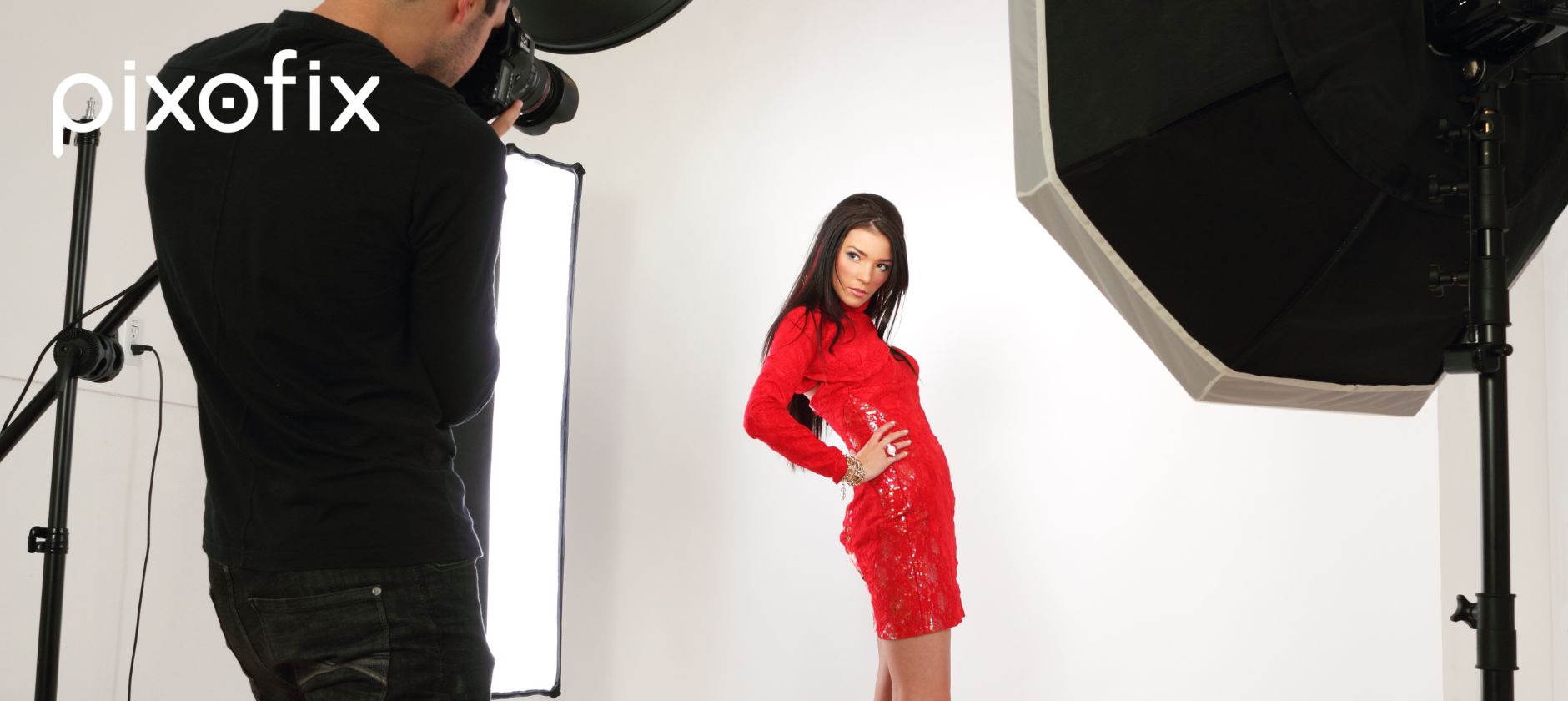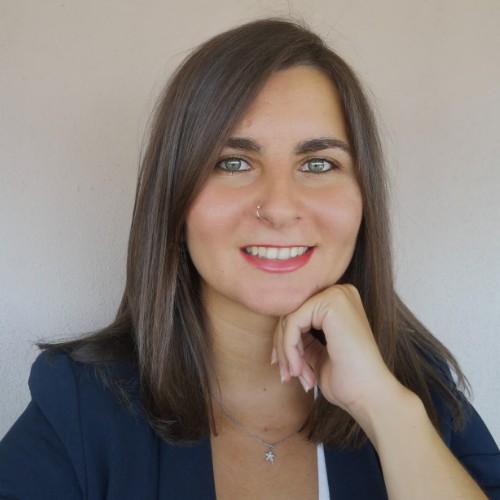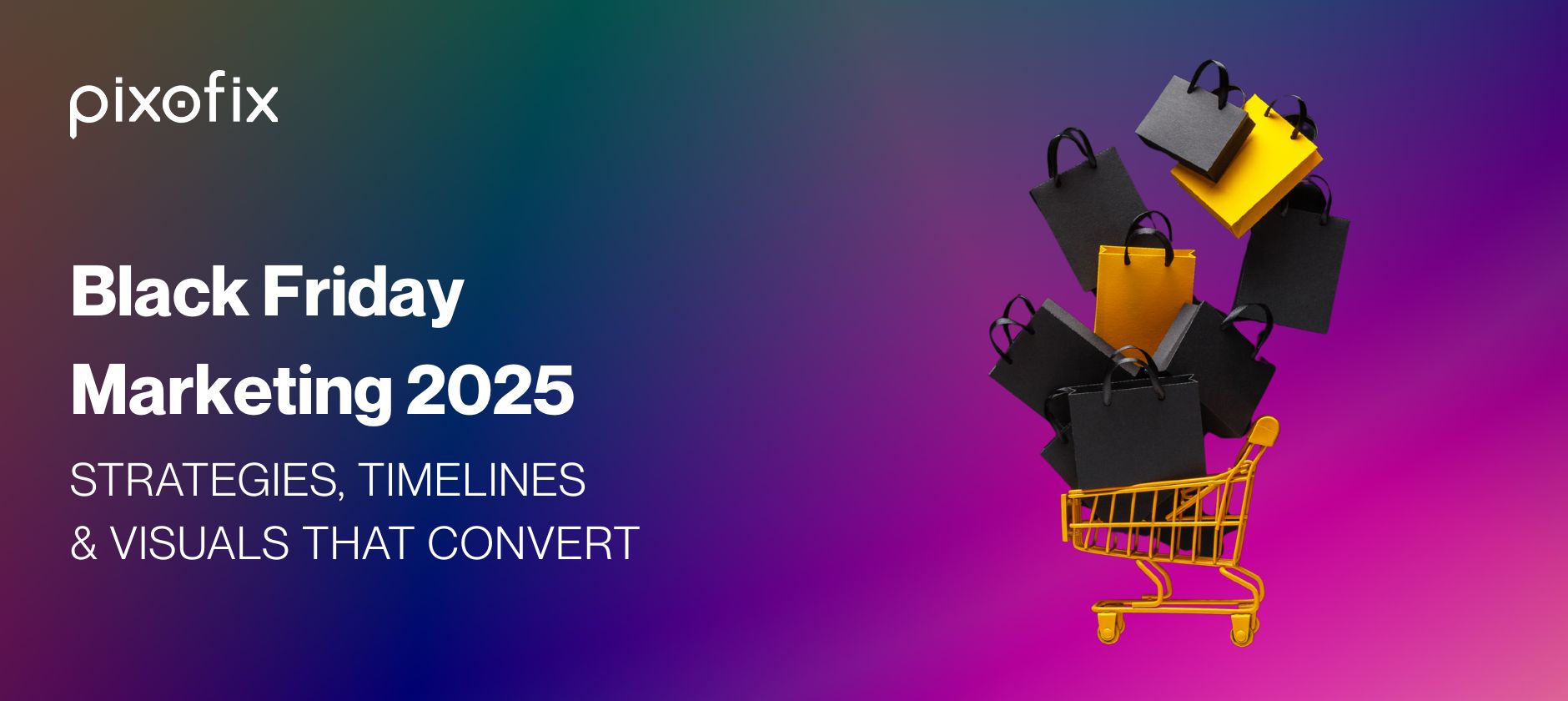Definition & purpose
A lookbook photoshoot is a curated set of styled images that brings a clothing line or brand aesthetic to life. Think of it as the visual version of your brand’s voice. It shows your product in context: styled, lit, and worn, so potential customers or buyers can feel the vibe, not just see the item.
Where a catalog focuses on showing every item in a clear, uniform way (like a digital warehouse), and editorials lean toward high-concept, artistic imagery, a lookbook sits in the sweet spot. It's commercial, but with personality. The goal? To tell a story through styling, mood, and sequencing that feels aspirational and on-brand.
Benefits for brands and creatives
A great lookbook isn’t just a bunch of pretty photos. It’s a full-blown marketing asset. Here’s why:
- Brand storytelling: Instead of shouting features, you're showing lifestyle, tone, and identity. It builds emotional connection.
- Engagement goldmine: One shoot can feed your entire content calendar:Instagram reels, email banners, website visuals, even ads.
- Press and buyer magnet: Whether you’re pitching to media or retail partners, a professional lookbook acts like a polished calling card.
- Sales driver: Seeing the product styled in real-life scenarios or modelled helps shoppers visualize it on themselves and buy faster.
- Repurposable assets: Shoot once, use everywhere. Slice it up for TikToks, print it for events, embed it in press kits, turn it into a flipbook the possibilities stack up fast.
Done right, a lookbook shoot isn’t just another thing to check off the to-do list. It becomes the visual core of your brand’s current campaign.
Pre‑Shoot Planning & Strategy
Define goals, audience & message
Start here: What do you want this lookbook to do? Is it meant to attract retail buyers? Drive direct-to-consumer sales? Get picked up by a magazine? Each outcome shapes how you approach the shoot.
Then dig into your audience. Who are they? What do they care about? Are they minimalists who crave clean lines and muted palettes? Or bold dressers who live for texture and color? The answers guide your concept, styling, and locations.
Your message is the final piece. What emotion do you want the visuals to evoke? What story are you telling about this collection? Clarity here makes everything else click.
Mood board & visual references
A strong mood board keeps everyone aligned and keeps the creative wheels turning.
Pull in references across fashion, photography, film, architecture, even nature. Focus on color palettes, lighting setups, model poses, and backdrops. Whether it's a moody warehouse shoot or sun-drenched coastal vibe, your board sets the tone.
Then, use it to communicate with your photographer, stylist, and creative team. This gets everyone on the same visual page before you’re on set burning daylight.
Team & logistics
Behind every slick lookbook is a small army of talent. Choose wisely.
- Photographer: Look for someone who gets your brand. Review their lighting, composition, and editing style.
- Stylist: Crucial for creating layered, interesting looks that read well on camera.
- Hair & makeup: They should match your visual direction. Clean and glowy? Or edgy and editorial?
- Assistants: Can be lifesavers on set. Steaming garments, holding reflectors, running point.
Next, cast models that align with your brand identity. If your clothes are made for real, diverse bodies, show that. If your vibe is edgy and niche, don’t cast it safe and polished. The model is the mood.
Logistics matter too. Scout your locations early. Get permits if needed. Build a tight shoot schedule. And map out wardrobe changes so the day flows without chaos.
Shot list, storyboard & layout planning
Before the first click, know exactly what you need to capture.
Break it down by:
- Full-body shots
- Close-ups (details like stitching, buttons, fabric textures)
- Action or lifestyle moments
- Product-on-hanger or flat lays
- Environmental context (wide shots showing location)
Then sketch a rough storyboard. How will images be arranged? Do you want to start bold and end soft? Group outfits by color? Use sequencing to build narrative or energy? Planning the layout in advance ensures you don’t miss anything.
Even a quick visual flowchart helps your team understand the end goal and shoot smarter.
Execution: The Day of the Shoot
Setup & lighting
Before any models step in front of the camera, your lighting has to be dialed.
Natural light gives you softness and realism, perfect for lifestyle or editorial vibes. Studio lighting offers control, consistency, and crispness. It depends on your brand mood. Either way, bring modifiers like softboxes, reflectors, or diffusion panels to shape the light and avoid harsh shadows.
Do a few test shots. Adjust white balance, exposure, and angles. Your lighting setup should stay consistent across looks unless you're intentionally shifting tones or moods throughout the shoot.
Styling, fitting & adjustments
Garments don’t always behave on set the way they do in real life.
That’s why pre-fittings are your friend. Try on every look in advance. Check how pieces layer, where they bunch, what accessories clash. On shoot day, expect on-the-fly fixes: pinning, taping, steaming, rolling sleeves, adjusting collars.
Have a steamer, lint roller, and sewing kit within arm’s reach. A flawless outfit on camera often requires behind-the-scenes magic.
Directing & posing
Your model is the face of the story but they need direction to tell it right.
Guide poses that highlight garment structure, flow, and texture. Turn, twist, sit, walk. Mix static hero shots with in-motion captures to keep things dynamic. Use props or furniture if it fits your concept.
Keep the vibe relaxed. A nervous model reads stiff. Encourage movement and micro-emotions. Let them play a little. The best shots often happen between the planned ones.
Managing time & flow
Shoots can spiral fast. The key is pacing.
Stick to your shot list. Build in buffer time for wardrobe changes and location shifts. If something’s not working, pivot quickly, don’t force it. Assign someone to keep an eye on the schedule so the creative team can stay in the zone.
Also, watch the energy. Long shoots are tiring. Play music. Offer snacks. Keep the vibe collaborative. Happy teams make better images.
Post Production & Lookbook Assembly
Image selection & culling
Once the shoot wraps, the real work begins. You’ll have hundreds, maybe thousands, of images. Your first job is to cut them down.
Look for shots that hit the mark emotionally and visually. Do they match the mood and message you planned? Are the garments shown clearly? Are expressions and poses natural? Pick only the strongest images. Quality beats quantity every time.
Also, think about flow. Each selected image should play a role in the larger narrative, not just look good on its own.
Editing & retouching
Now polish but don’t overdo it.
Start with color correction and exposure adjustments. Make sure skin tones look real, fabrics match their true shades, and lighting feels consistent.
Retouching should be subtle. Clean up stray hairs, wrinkles in clothes, or small distractions, but keep the texture and life in the image. Over-smoothed skin or flattened colors kill the authenticity.
Aim for cohesiveness across the full set. It should feel like one collection, not a patchwork of different styles.
Layout & design
This is where it all comes together.
Design your lookbook like a story. Think about pacing, image size, white space, and any text you need to include. Less is more. If you add captions, keep them minimal: product name, fabric details, maybe a short brand line.
Pay attention to spacing. Let images breathe. Use contrast between full bleeds and margins to guide the eye.
Plan for the final format. If it’s going to print, make sure you use high-resolution files and add bleed margins. For digital, make it easy to swipe, scroll, or zoom. A flipbook or responsive web layout often works better than a static PDF.
Exporting, distribution & sharing
Once the design is locked, export it in the formats you need.
For digital, you’ll want a lightweight PDF, a mobile-friendly version, and image slices for social media. For print, go with high-resolution CMYK files.
Now get it out there. Send it in email campaigns. Upload to your site. Build a version into your press kit. Share it with buyers, stylists, editors, influencers. You can even make it shoppable by embedding links or using tools like Shopify’s digital catalogs.
Your lookbook doesn’t belong in a Dropbox folder. Put it to work.
Tips, Best Practices & Common Pitfalls
Consistency in style & branding
A great lookbook feels unified from start to finish. That means sticking to a clear visual language.
Use a consistent lighting setup, editing style, and color palette. If one photo feels warm and editorial while the next is cool and minimal, it throws off the rhythm. That inconsistency can make your brand feel scattered.
Keep your styling aligned too. Accessories, hair, makeup — they should all flow with the collection and concept. A few intentional contrasts are fine, but random switches in tone or theme confuse the viewer.
Focus on the garments, not distractions
It might sound obvious, but the clothes are the hero. Not the props. Not the location. Not the model’s expression.
Use backgrounds and set elements that elevate the clothing not pull attention away. Clean, textured walls. Soft shadows. Neutral props. These choices let the garments speak.
Avoid heavy filters, wild typography, or cluttered layouts. Let the photography do the storytelling. When in doubt, simplify.
Plan for contingency
Even the best-planned shoots hit snags. You need backups.
Scout a second location in case weather flips. Bring extra batteries, memory cards, and lighting gear. Have double of each key garment, especially if it's fragile or one of a kind.
And always pad your schedule. Things run long. Outfits need tweaks. Light changes. Building in that margin keeps you from rushing or skipping essential shots.
Respect legal, usage & model rights
This one’s not exciting, but it is essential.
Get signed release forms from all models and contributors. Clearly define usage rights with your photographer and team. Make sure everyone knows where and how the images will be used.
Also check copyright on any props, backdrops, or locations. If you’re shooting in a private venue or using recognizable trademarks, get permission in writing.
The last thing you want is a legal mess after your lookbook drops.






.png)

.png)
